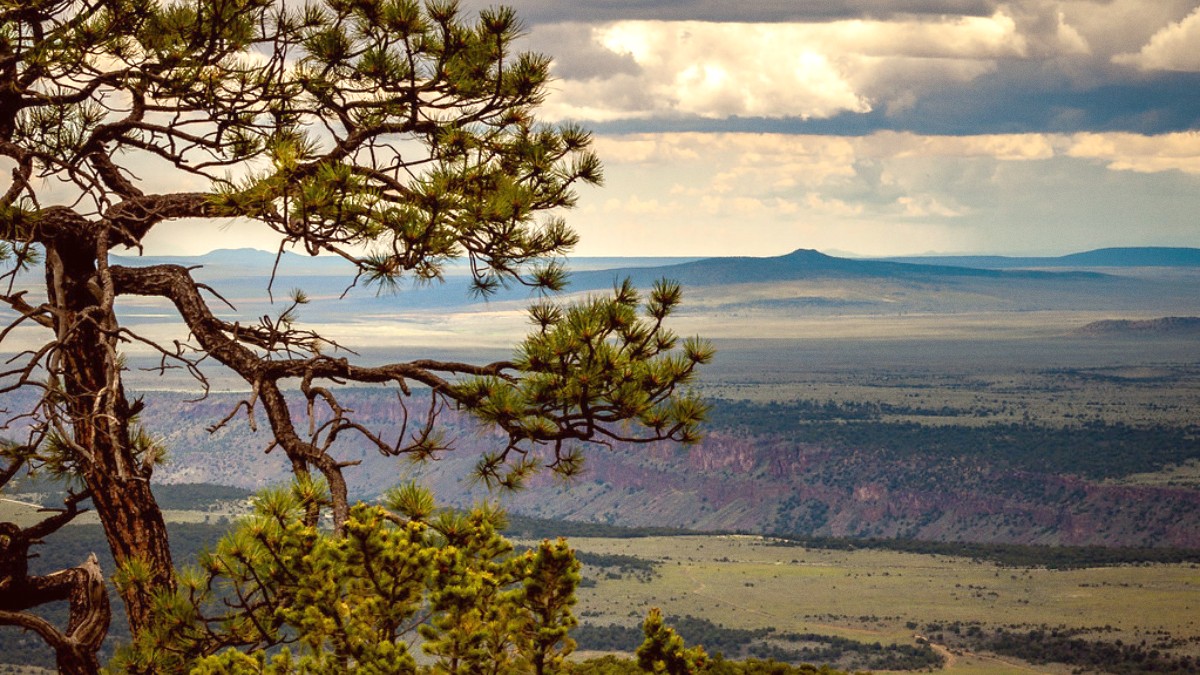
Southwest, USA
Taos has a high desert climate, which means it sees abundant sunshine and experiences remarkable temperature differences between day and night. The high elevation influences weather patterns, making layers a smart clothing choice year-round.
Spring (March-May): As winter snows recede, spring marks a transition. Daytime temperatures range from the 50s to 70s°F (10-20s°C), offering pleasant conditions for outdoor exploration. Nights stay cool, dropping into the 20s to 40s°F (-6-4°C). Precipitation amounts are generally low, but April often brings strong winds, which can stir up dust. Snowfall remains possible in early spring, especially at higher elevations, adding a final touch of winter beauty.
High Season: Winter (December-March) brings many visitors for ski season and holidays. Fall (late September-mid October) sees high demand for stunning fall foliage. Booking accommodations and popular tours well in advance for summer travel comes recommended.
April-May and November/Early December
Fewer crowds and generally lower accommodation prices. Wildflowers appear in spring; quieter experience in late fall.
Spring has windy conditions; some higher trails may have snow/mud. Late fall weather varies, some attractions might have reduced hours.
April and November (excluding Thanksgiving)
Best rates for accommodations and fewest crowds, offering excellent value.
Some businesses might have reduced hours. Weather unpredictable, prompting flexibility in plans.
Specific regional phenomena
Afternoon thunderstorms bring heavy rain, lightning, strong winds. Plan outdoor activities for morning. Risk of flash floods in arroyos.
Headache, fatigue, dizziness possible. Hydrate well (2-3 liters/day) and limit alcohol/strenuous activity on day one.
Match your visit with the activities you wish to pursue.
For skiing and snowboarding, December to March offer the best conditions, with January and February being peak season. Hiking and mountain biking are most pleasant from late May to early July and September to October. Rafting and kayaking are prime from May to July, with peak river flow usually in late May or early June. Fall foliage peaks late September to mid-October.
December to March.
Late May to early July, and September to October.
May to July.
Late September to mid-October.
Many major events occur during summer months.
Since Taos is located in the United States, all international visitors must satisfy the entry requirements set by U.S. Customs and Border Protection (CBP).
The type of entry authorization needed depends on nationality, purpose, and duration of visit.
Carry specific documents for a smooth entry process.
Travel costs vary significantly based on your travel style.
Taos's high-altitude desert environment presents unique health factors.
High-quality medical care is available in Taos.
Dial 911 for all emergencies (police, fire, ambulance) across the U.S. Holy Cross Medical Center (1000 Kryston Ln, Taos, NM 87571, phone: (575) 758-8883) provides emergency and general medical care. Major pharmacies like CVS and Walgreens operate in Taos.
Concerns about water and food safety are generally low. Tap water in Taos is treated and regulated, making it safe to drink. Food hygiene standards in restaurants are consistently high, regulated by health departments.
Tap water is safe to consume.
No major food safety concerns.
Taos maintains a generally safe environment for visitors. Like any town, petty crime, like car break-ins, can occur, especially in unattended parking lots. The town center and main tourist areas are well-trafficked and generally safe, even in the evening.
Taos is a safe tourist destination.
Avoid leaving valuables visible in vehicles.
Be aware of potential natural hazards depending on the season. Wildfires are possible during dry months. Flash floods may occur during summer monsoons. Winter driving presents challenges due to snow and ice.
Check fire restrictions and local news.
For winter driving, 4WD/AWD vehicles are recommended; check road conditions.
| Category | Details | Contact/Notes |
|---|---|---|
| Travel Insurance | Highly recommended for medical emergencies, trip cancellations, lost luggage. | World Nomads, SafetyWing, Insubuy |
| Emergency Services | Police, Fire, Ambulance for immediate, life-threatening events. | Dial 911 (nationwide) |
| Hospital | Holy Cross Medical Center | (575) 758-8883 |